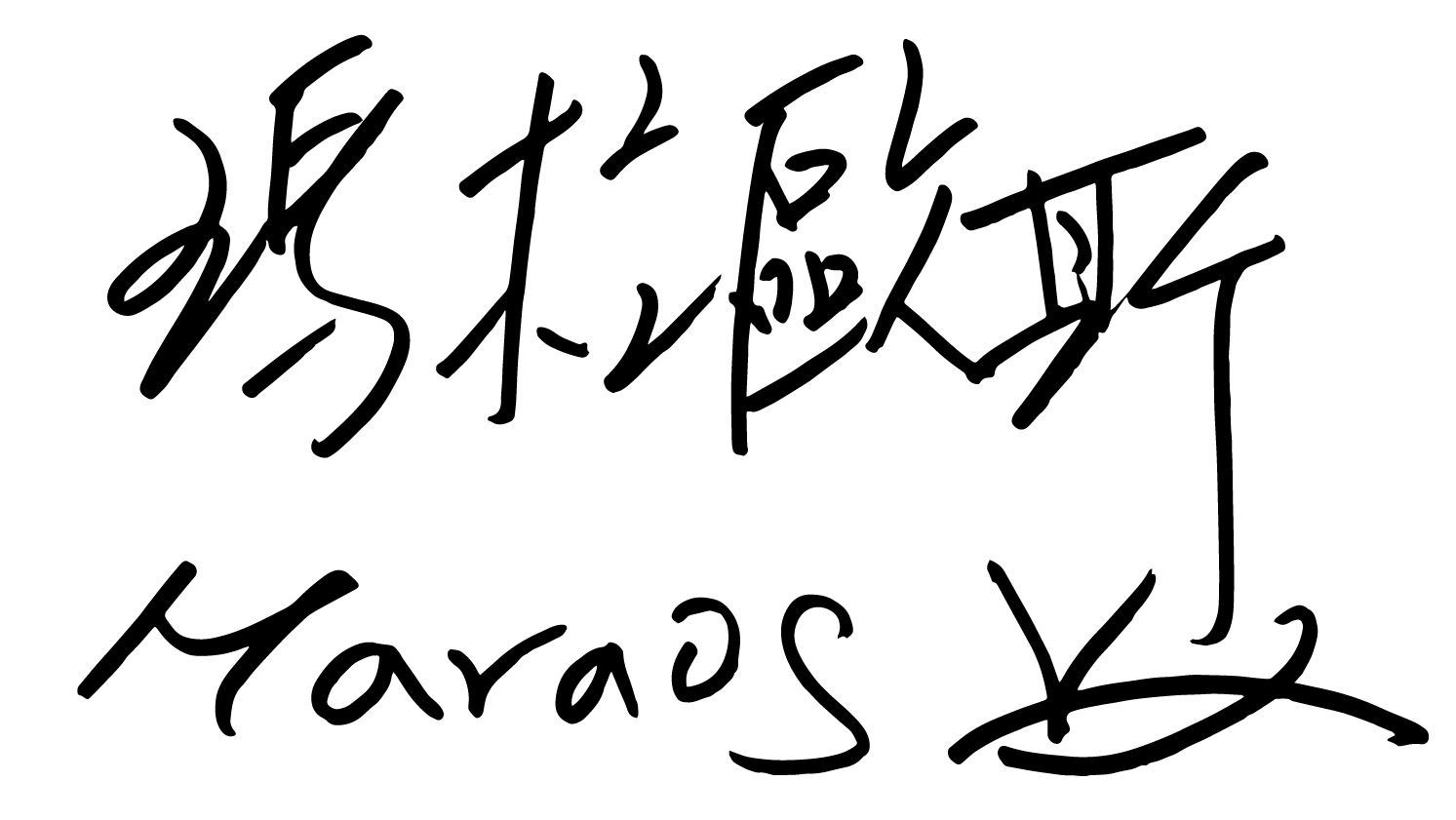ya mipeyparo o ya tomalilis do teysa aka maataw a tao do karawan siciakoa ya, na akmey pacilolowan no pikeylilian no yancomin, yaro o ya mangay milingalingay do kakaasan a taotao, ta da ikakza o da kangay miwalam do kabowan no tao a ili. na ikablis no pimeymasawdan no yancomin aka no na ikatazoto no da pinizpian, da naknakmen o ka pia no pilingalingayan aka no piwalamen no tao, aka pakacita da so iweywawalam no yancomin. am tana mian so kapian no vazay am, amian so karaetan no vazay an, makman so da rana sazapen o pinizpia no tao, yarana mablis o pangaktoktowan no tao aka no makdeng a cicirawat no kakoa.
no pinakmen o kapia no pilingalingayan do ili no yacomin am, neymakdeng na vazay am, jito ngonongonoci o pangangavangan, ta panomaen o ngongyod a kapia no malovot a asaka ili, aka pangozay da do iweywawalam no makman sira dehdehdeh.
ya domket do vakong no《原視界》o vazay na no malavayo a Rokay si Muni Druluan, nimangay do ili do司馬庫斯a macinanao do vazay do iseysanan, tana sidongen na sira o malavayo a mapatnek so piveyvazayan do ili am, ma’ap na o vazay do ili a mowyat a mapiamoamoon so iweywawalam, kakmey asa da tao a malovot a mapakatkat so pimasawdan da asaka ili, yatey apia o da aapan sia so vazay a makeykeylian.
o ya mangay milingalingay do pikeylilian no yancomin a dehdehdeh am, inawey no ngongyod sira maka topos do pimeymasawdan no yancomin, a yaten a tao do ili am, ononongan o makakaday a iweywawalam do do keymimili takamo, ipipakatkat no panaotaowan so omranes do ili a dehdehdeh.
In this globalised society, it is inevitable to develop indigenous community tourism as more people want to get away from downtown life and enjoy the atmosphere and scenery completely different to the hustle and bustle in cities. This trend has brought about positive changes, such as increased economic growth or better understanding of indigenous cultures and features from outsiders on in-depth visits, to indigenous communities. However, there are always two sides of the same coin. The most evidently negative impact is an inclination to drive indigenous values towards capitalism and commercialisation, and away from the original primitive beliefs.
It is, therefore, of pivotal importance to avoid catering to the mainstream values when establishing a business pattern for positive and in-depth indigenous community’s tourism. Instead, the principles and approaches used to establish the business pattern should be based on and help reflect each community’s characteristics. This way, visitors will have to learn about and respect community’s venues and rules of behaviours.
In this volume of Indigenous Sight, we invited a young Rukai person, Muni Druluan, to one indigenous community named Qalang Smangus and to know more about the nitty-gritty of the guesthouse hospitality industry. Doing so not only helps young home-returning indigenous people nurture a broad understanding of the development of community tourism, but also enables people to witness how Qalang Smangus has incorporated traditional indigenous elements into tourism, and enjoyed economic benefits derived from tourism. At the same time, Qalang Smangus has succeeded in making its community’s knowledge accessible and understandable to outside visitors. This is a whole new approach to community tourism.
When we look to the future of community tourism, we hope that tourists can visit here and gain hands-on experience of indigenous life. As indigenous people, we will try and introduce our precious indigenous philosophy into tourism to enhance its depth and width.
Panirsirngen do yanbonkay
Chairman of the Indigenous Peoples Cultural Foundation





